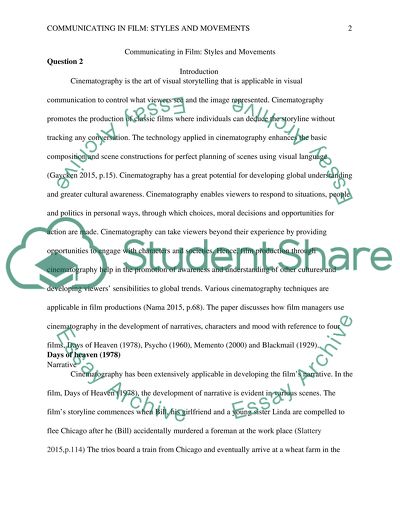Cite this document
(“Communicating in Film: Styles and Movements : FILM STUDIES Essay”, n.d.)
Retrieved from https://studentshare.org/visual-arts-film-studies/1699696-communicating-in-film-styles-and-movements-film-studies
Retrieved from https://studentshare.org/visual-arts-film-studies/1699696-communicating-in-film-styles-and-movements-film-studies
(Communicating in Film: Styles and Movements : FILM STUDIES Essay)
https://studentshare.org/visual-arts-film-studies/1699696-communicating-in-film-styles-and-movements-film-studies.
https://studentshare.org/visual-arts-film-studies/1699696-communicating-in-film-styles-and-movements-film-studies.
“Communicating in Film: Styles and Movements : FILM STUDIES Essay”, n.d. https://studentshare.org/visual-arts-film-studies/1699696-communicating-in-film-styles-and-movements-film-studies.


